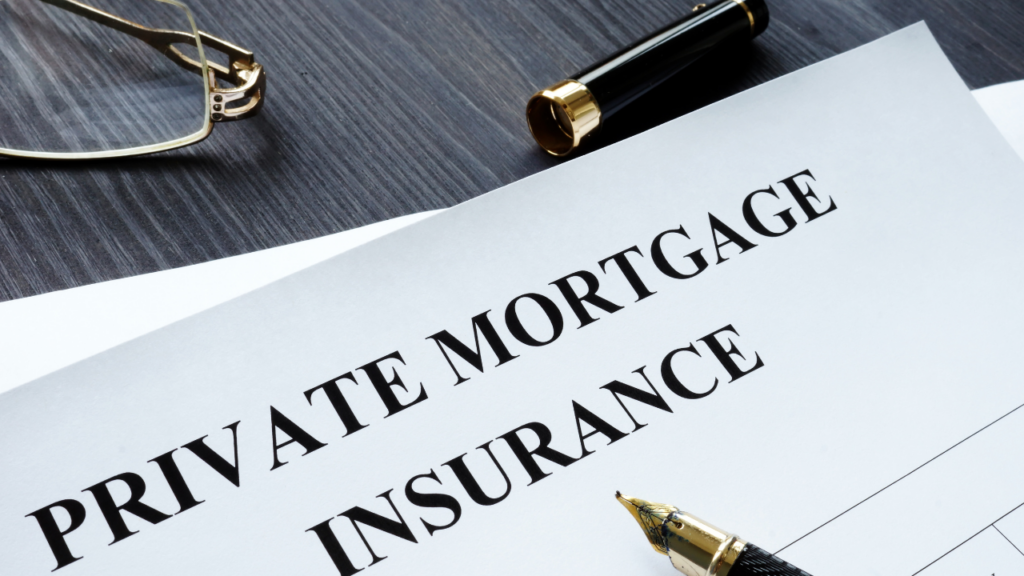When it comes to buying a home, especially for first-time buyers, the term private mortgage insurance (PMI) often sparks concern. Many see it as an extra, unwelcome expense. But here’s the truth: PMI isn’t the villain it’s often made out to be. In fact, it can actually be a helpful tool for achieving homeownership. Let’s break it down.
What Is PMI?
PMI is a type of insurance required by lenders when a buyer makes a down payment of less than 20% of the home’s purchase price. It protects the lender in case the borrower defaults on their loan. While it’s an added cost, PMI enables buyers to purchase a home sooner without waiting to save a large down payment.
Why PMI Isn’t All Bad
PMI often gets a bad rap because it’s an extra monthly expense, but it also comes with benefits:
- Faster Path to Homeownership
Without PMI, buyers would need to save 20% of the home’s purchase price before they could qualify for a loan. For many, this could take years. PMI allows buyers to secure a home with as little as 3%-5% down, getting them into a house faster and starting the equity-building process sooner. - Increased Financial Flexibility
Instead of tying up a large chunk of savings in a down payment, buyers can use that cash for other expenses like closing costs, renovations, or creating an emergency fund. - It’s Temporary
PMI isn’t a lifetime commitment. Once you’ve built up 20% equity in your home, you can request to have it removed, or it will automatically drop off once you reach 22% equity. This means PMI serves as a stepping stone, not a permanent burden. - Leverage Low Interest Rates
In a low-interest rate environment, paying PMI can be worth it if it allows you to lock in an affordable rate while home prices are still within reach. Waiting to save 20% could mean missing out on favorable rates or paying more as home prices rise.
Making the Most of PMI
If you’re considering a loan with PMI, here are a few tips to maximize its benefits:
- Compare Your Loan Options: Different lenders and loan programs may have varying PMI costs. Shop around to find the best deal.
- Stay on Top of Your Payments: Consistently paying down your mortgage will help you build equity faster, so you can get rid of PMI sooner.
- Refinance Strategically: If home values rise significantly, refinancing could be a way to eliminate PMI early and potentially secure a lower interest rate.
The Bottom Line
PMI isn’t an obstacle—it’s a tool that can help you achieve your goal of homeownership sooner. While no one loves the idea of paying extra, the benefits of getting into a home and building equity often outweigh the temporary cost.
So, before you write off PMI as a deal-breaker, consider how it might actually work in your favor. After all, it’s not all bad—it might just be the key to unlocking the door to your dream home.
If you’re still on the fence about using PMI to buy an investment property – reach out so we can run the numbers!
